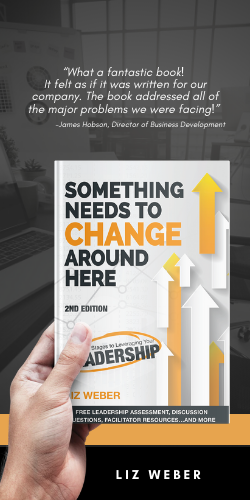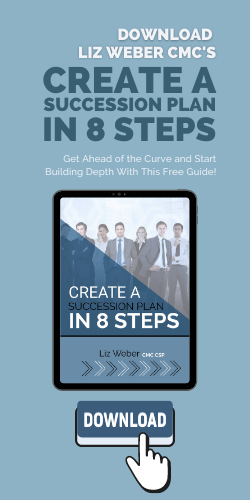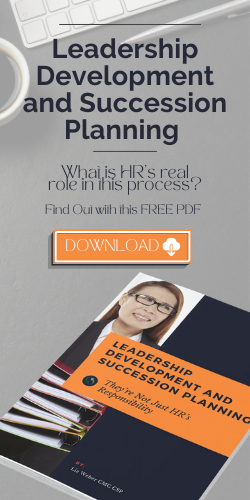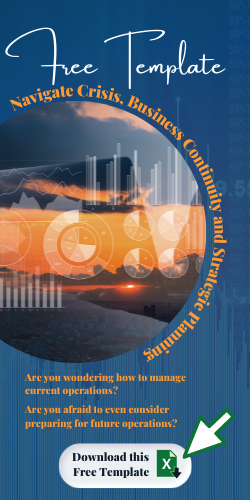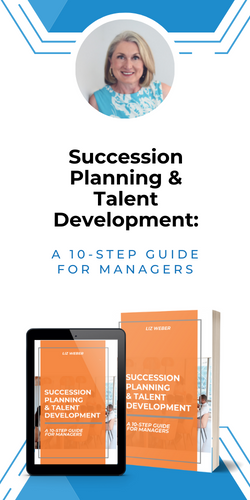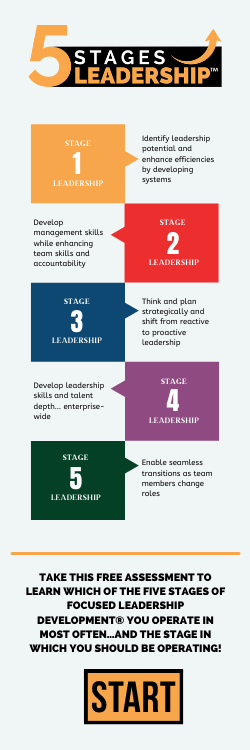After months of conducting industry research, several work sessions, debates, conversations, and meetings with industry leaders as well as with front-line team members, a client’s new strategic plan is complete. They’ve received board approval. They’ve just completed a leadership summit in which they shared their new plan with the rest of the management team and received wide support for the plan. With this much momentum and energy, why did the CEO ask, “What now? What should we do next?”
From my experience, one of the main reasons people struggle with strategic planning is they’ve experienced the creation of a great plan, but they’ve not experienced the implementation of a great plan. Moving from great ideas to great implementation is the hard part of strategic planning.
…too often [people have] experienced the creation of a great plan, but they’ve not experienced the implementation of a great plan.
To actually bring a strategic plan to life, you need to manage it and work it. The plan needs to become important to not only the members of the team who were intimately involved in its creation, but to the entire leadership team. The plan needs to become a key resource for planning team, department and company-wide projects and budgets; for coordinating schedules and capital expenditures; for determining workforce and talent needs; etc. To accomplish this, don’t rush the implementation. Be smarter with the implementation than you were with the planning.
…don’t rush the implementation. Be smarter with the implementation than you were with the planning.
So how do I recommend you implement a good strategic plan? Create a systematic implementation process.
1 – Celebrate, Settle, and Marinade –
After the plan is developed and approved. Celebrate the work done and the board’s acknowledgement of a solid plan, but then, let the plan sit for a week or two. Let the initial excitement and high of completing the plan and getting it approved marinade. Allowing the various teams to start immediately moving their initiatives forward is a disaster waiting to happen. The roll-out needs to be coordinated and controlled or you’ll quickly realize uncontrolled chaos and conflicts. We also want members of the planning team to fully immerse back into their daily operations so they bring the realities of their daily challenges into the implementation planning process.
2 – Identify a Point Person or Office –
Identify a person or office to be the central point of contact for communications, questions, updates, meetings, and issues concerning the master plan. This person or office is not responsible for the plan’s implementation, but they are responsible for helping to orchestrate its implementation.
3 – Start the Communication Process –
Share with all team members that the new plan has been developed and approved with excitement from the board and leadership team. Specifics of the plan will be shared over the next few weeks, months, and years to come. State that members of the management team will be meeting soon to start developing the specific go-forward plans. Further details will be shared after this and additional meetings occur by the managers as well as by the strategic planning point person/office. Then ensure the communication continues to flow as promised.
4 – Hold the First Implementation Work Session –
After waiting a week or two, bring together the owners/champions/leads of the strategic initiatives, along with other relevant leaders for an intense – often times 3-4 hour – planning session to:
- Clarify the deliverables of each initiative so each owner/champion/lead/team is clear what is expected of them and by when
- Identify preliminary metrics for each objective or goal to gauge its effectiveness and impact
- Discuss/Share/Brainstorm initial steps forward for each initiative and the timing of those actions
- Identify and address the potential positive and negative impacts on other teams/departments/projects of new strategic initiatives stepping out
- Clarifying the messaging that will be shared about this first implementation meeting and how the leaders need to reinforce, amplify, and expand upon it with their teams.
- Schedule the next meeting for ~ 2-4 weeks out to check in and address any initial issues realized
5 – Schedule Regular Strategic Plan Update Sessions –
Schedule monthly, bi-monthly, or most commonly with my clients, quarterly strategic plan update sessions. Typically, after the first 1-2 update sessions, these sessions become quite efficient so we’re then able to look objectively at the plan’s initiatives’ individual and collective impact. Is the plan doing what they needed it to do for the company or not? Are the metrics the right metrics to track to ensure the plan is having the right impact or are they realizing unintended consequences? What do the leaders see within their departments as to their team members’ perspective of a specific initiative or change? What changes in initiatives or timing are needed? These sessions are the perfect opportunity to review the plan, assess its impact, tweak the plan, and enhance the leadership team’s understanding of the business and each other.
6 – Follow a Communication Cadence –
The initial meeting and then the regular strategic plan update sessions become perfect triggers for company-wide communication. I encourage my clients to schedule their strategic plan update sessions one week before a board meeting. This enables the executive team to update the plan and share current information with the board. However, to ensure the information shared with the board is sound, the leadership team must first reach out to their respective project or department team members to discuss their respective strategic plan initiatives and their issues, challenges and successes. The leaders then bring that updated information to the strategic planning team update session. As noted above, after the update session, the executive team can then confidently update the board. If there are any board concerns, changes, or comments on the plan, the executive team shares them with the leadership team who then should be sharing the relevant information with their respective team members.
This cadence of requesting information and holding team and leadership meetings before the board meetings and then again after, keeps the plan current, alive and relevant for all levels of leaders – from the board to the front line. It also provides the perfect opportunity for the strategic plan point person or office to share regular general updates on the plan with the entire company. Real time meetings, real time updates, and real time communication help to move a strategic plan from great ideas to a great implementation.
Real time meetings, real time updates, and real time communication help to move a strategic plan from great ideas to a great implementation.
Implementing a good strategic plan takes discipline. Bringing great ideas to life is hard. But a systematic implementation process forces a leadership team to regularly reassess itself and determine if their activities have been moving the company towards or away from the outcomes their plan had identified as critical. If they are on track, terrific. If they’re not, why not and what do they need to change?
Moving from great ideas to great implementation is the hard part of strategic planning but it’s so worth it.
Copyright MMXXIII – Liz Weber, CMC, CSP – Weber Business Services, LLC – www.WBSLLC.com +1.717.597.8890
Liz supports clients with strategic and succession planning, as well as leadership training and executive coaching. Learn more about Liz on LinkedIn!












